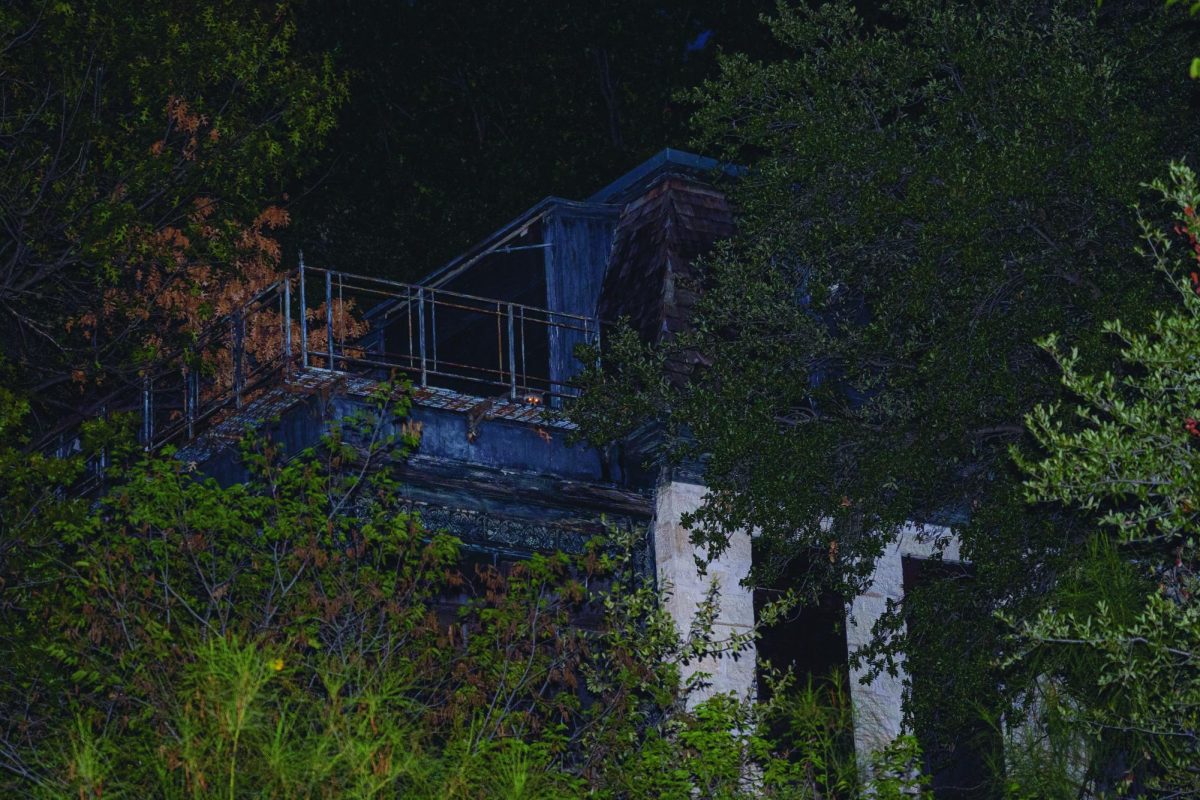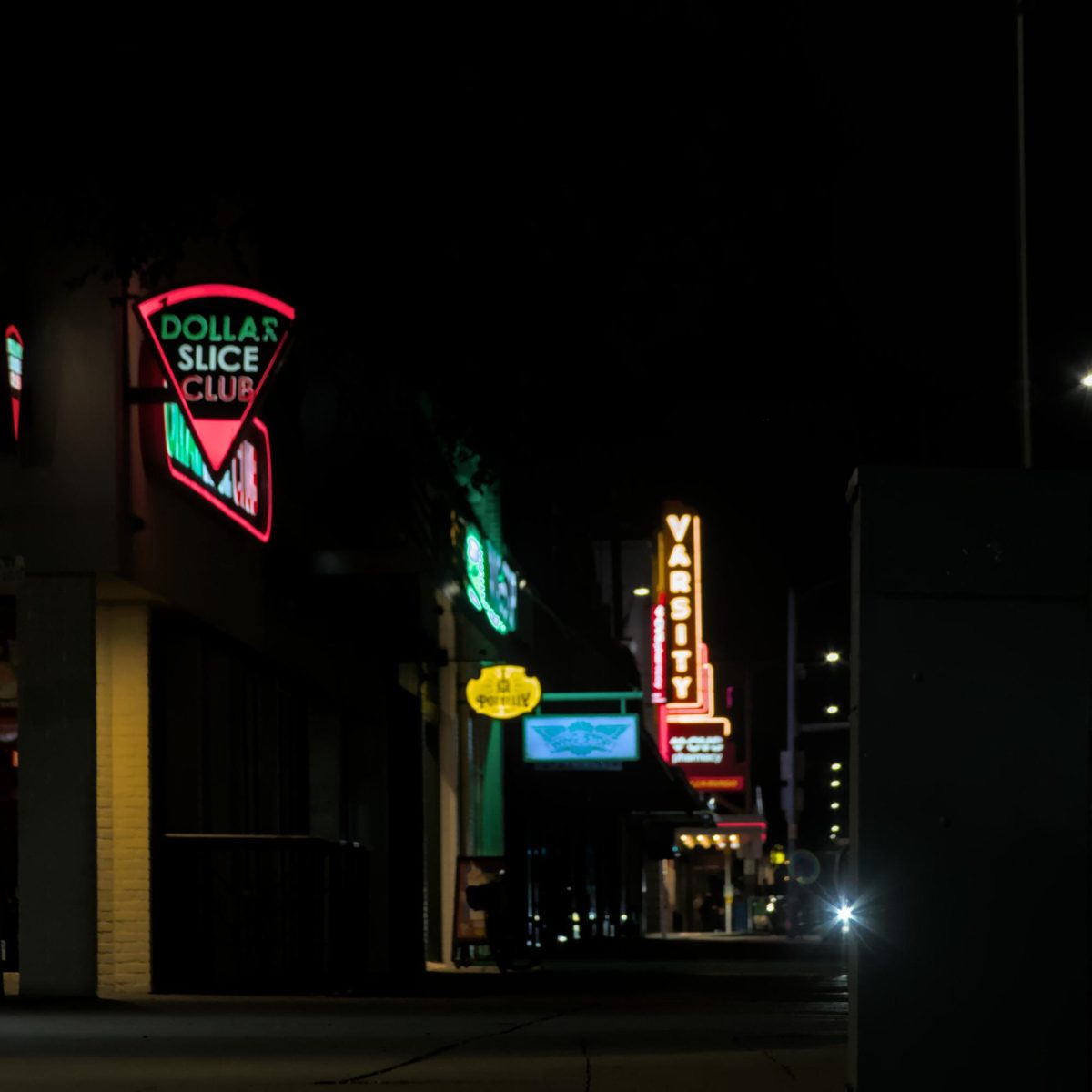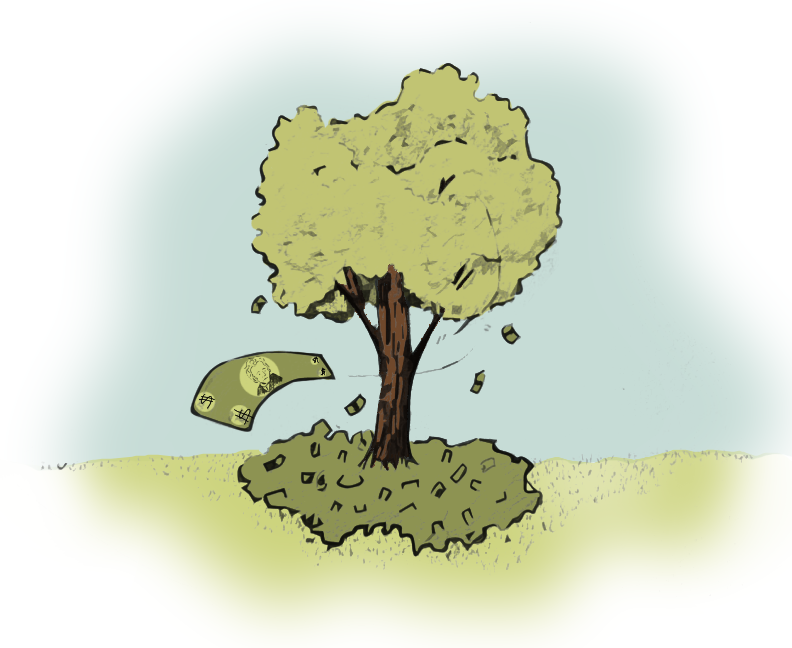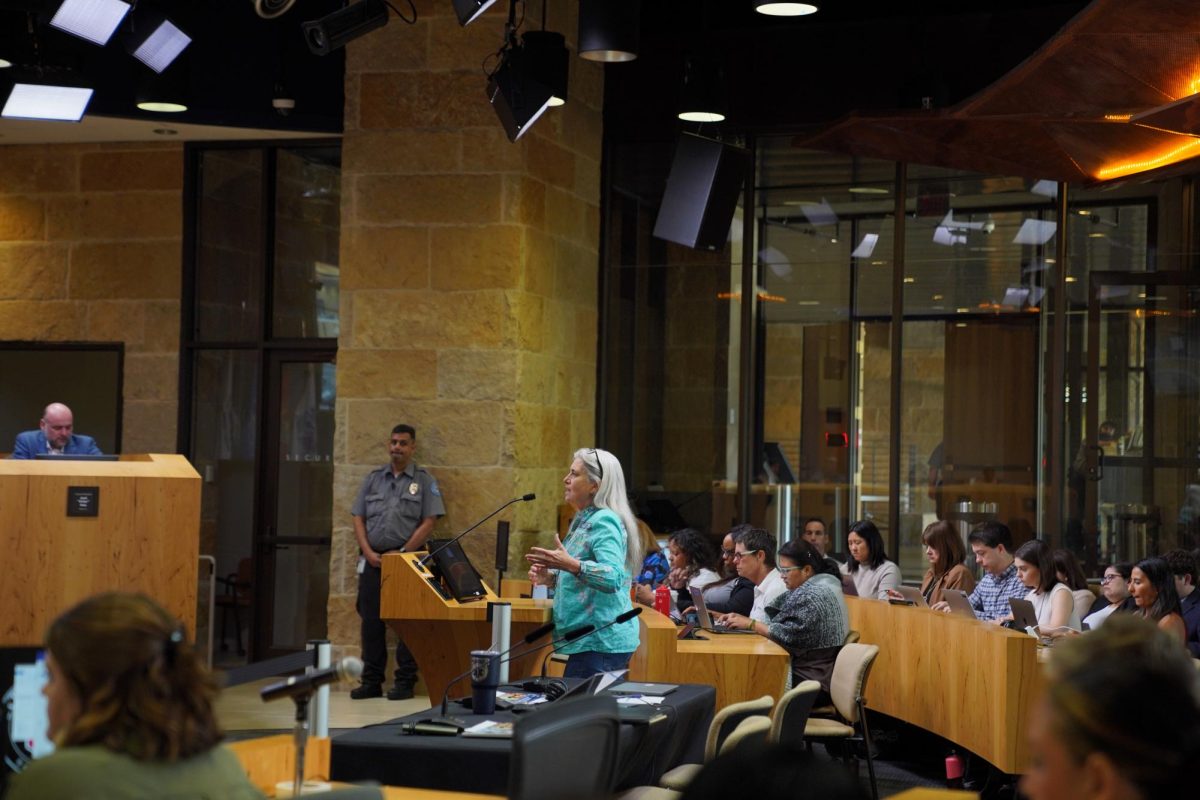Perched atop a cliff overlooking Waller Creek next to the School of Nursing stands the Watson Chateau, one of the oldest buildings on campus. The home is a LGBTQ+ cultural landmark in disrepair, however, last month UT committed to preserving it.
Originally built in 1853, the house became notable for its last private owners: Arthur P. Watson and Robert Garrett. The openly gay couple lived in the home from 1959 until Watson’s death in 1993 and Garrett left in 2009. Austin socialites attended the couple’s extravagant parties, creating a safe haven for gay and straight people to gather during a dangerous period of homophobia.
Researcher Marta Stefaniuk, creator of To Liberate, a digital exhibition chronicling the home’s history, said she started the Friends of the Watson Chateau committee. The committee spoke with UT directly about preserving the Chateau and placing it on the National Register of Historic Places.
“(Preservation) is the last thing on people’s minds because it’s spending money and not getting money in return, technically, but what it does for the culture of a city is amazing,” Stefaniuk said. “I think historic preservation is vital in order to ground a community and have this touchpoint to the past.”
Lindsey Derrington, the executive director of Preservation Austin, said the City Council designated over 600 historic landmarks, but less than 15% honor underrepresented groups. Recently, the council designated fourth street, the city’s unofficial LGBTQ+ district, with a historical marker.
Lauren Gutterman, an associate American studies professor who teaches Southern LGBTQ+ history, said spotlighting the house’s history, especially on campus, connects LGBTQ+ students to the past.
“The disrepair of the house suggests to me some of the ways that LGBTQ history has been neglected, and even kind of actively erased or invisibilized on campus and in the city,” Gutterman said. “The ways that queer history and Austin are connected to the University is something that a lot of LGBTQ students … at UT are really unaware of.”
In conjunction with the Chateau’s LGBTQ+ history, Watson played a special role in UT’s story. Watson graduated from the University in 1948 and became a sought after interior designer with his firm Watson and Associates in 1952. Watson’s portfolio included interior designs for buildings like the Littlefield Home and the original Lila B. Etter Alumni Center.
The Chateau reflects the racial history of Austin and the University. Slave owners built the home and its roots in the Antebellum South run deep. After Watson and Garrett bought the house, the University acquired the home through eminent domain and expanded east in the 1960s. Watson and Garrett struck a deal to remain in the house, unlike the Black communities displaced by the University’s expansion.
“We can see the nuances of how racial and class privilege allows a gay couple to … avoid the bulldozer that so many other people who did not have those same … levels of access and privilege were unable to sustain,” said Hartlyn Haynes, an American studies Ph.D. candidate who wrote about the Chateau for QT Voices. “What’s so interesting and neat about locating a history in a certain place is that you can see all of those things coming together.”
UT spokesperson Brian Davis said in an email that the University is in the early stages of better stabilzing and cleaning the Chateau while also considering options for moving forward.
The future of the Chateau remains uncertain, but architecture alumnus John Stenzel, imagined a second life for the home in his masters thesis project. Stenzel proposed transforming the Chateau into a historical archive available to the public to gather and tell LBGTQ+ histories.
“It really has this connection to history and memory in Austin well beyond queerness,” Stenzel said. “It’s this incredibly broad cross-section of Austin history, covering themes of race, gender, sexuality, politics and the University. It’s really this critical nexus of history in Austin.”





















